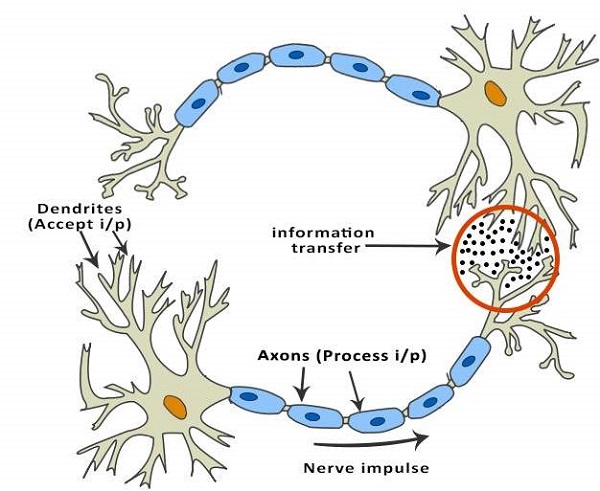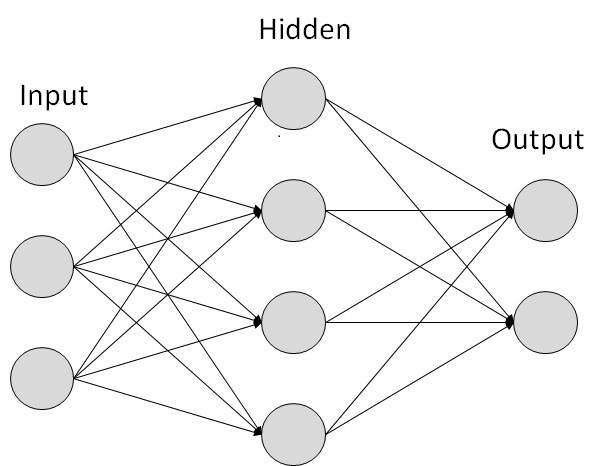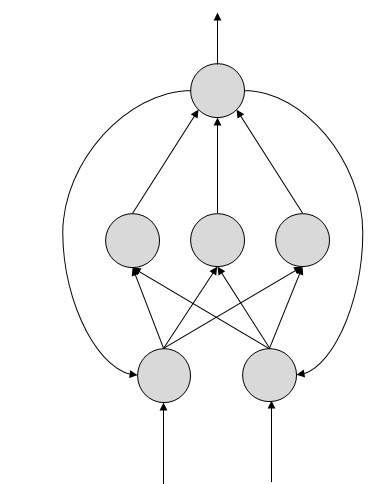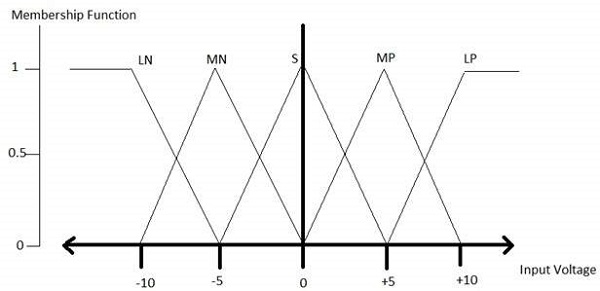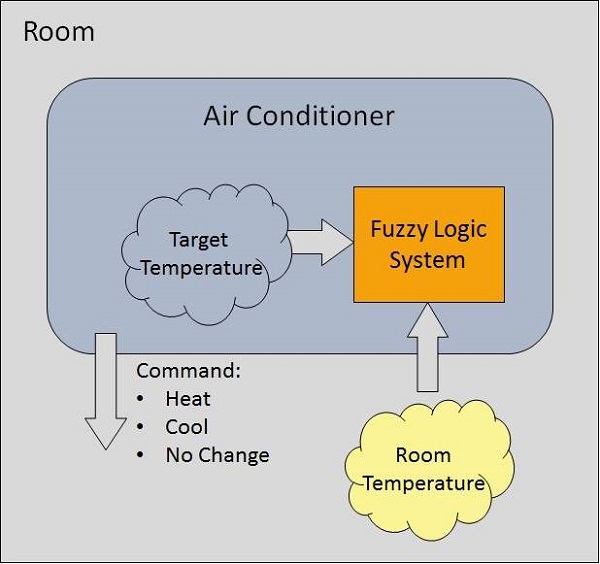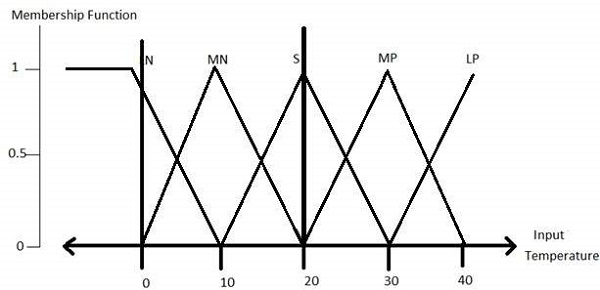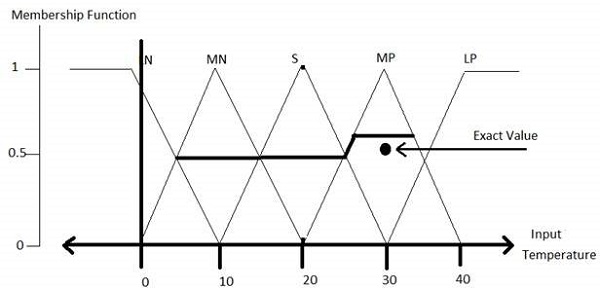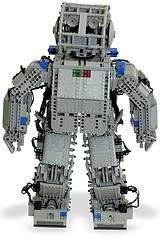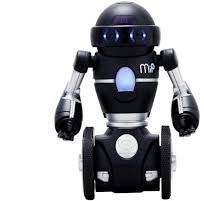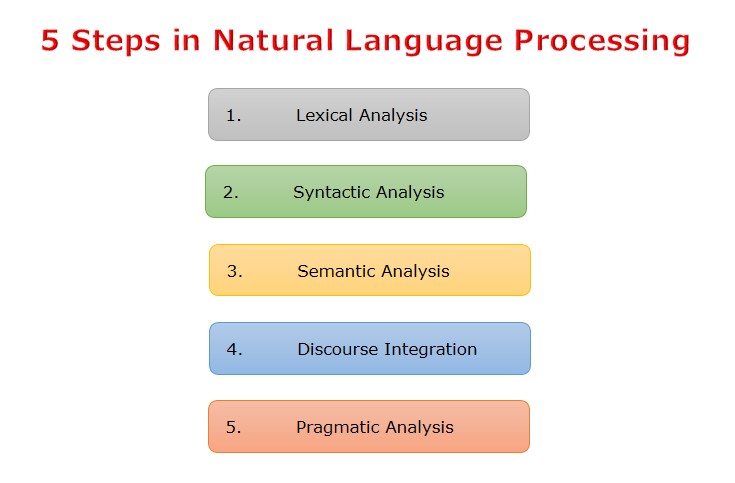Cognitive Computing is a branch of AI that replicates human-like cognitive functions. The world today is looking for integration of artificial intelligence and Machine Learning in computers and other systems to solve complex problems. At present, many systems use Artificial Neural Network which mimic the working of human brain similar to neurons. Although it is efficient in doing so, it has a limiting point. This is where Cognitive Computing boomed.
Cognitive Computing refers to systems that mimic human through processes and simulate the way humans earn and interact with information.
What is Cognitive Computing?
Cognitive Computing aims to create systems capable of mimicking human-like cognitive functions. The word “cognitive” describes processes involved in perception, learning, reasoning, and problem-solving, i.e., functions related to human intelligence. Cognitive computing aims to create systems able to comprehend, interpret, and respond to complex information like the way humans do.
Features of Cognitive Computing
Some of the features of cognitive computing are −
- Adoptive: Mimic the ability of human brain to learn and adopt from the surroundings.
- Interactive: Interact with all elements in the system – processor, devices, cloud services, and user.
- Iterative and Stateful: Learn from past experiences, and return suitable information.
- Contextual: Identify contextual elements such as meaning, syntax, time, location, users profile, etc.
How Cognitive Computing Works?
The systems used in cognitive computing combine structured and unstructured data from various sources to solve the types of problems that humans are typically tasked to refine the way they identify patterns and process data. To achieve these capabilities, cognitive computing systems must have the following attributes −
- Adaptive: Systems must be flexible enough to learn as much as information possible. They must be flexible with dynamic data and adjust with the changing environment.
- Interactive: Human-computer interaction is a critical component in cognitive systems. Users should be able to interact with cognitive machines and define their needs.
- Interactive and Stateful: These technologies can ask questions and pull in additional data to identify or clarify a problem.
- Contextual: Cognitive computing should be able to understand, identify, and mine contextual data, such as syntax, time, location, domain, user requirements, user profiles, tasks and goals.
Benefits of Cognitive Computing
Some of the benefits of cognitive computing are −
- Enhanced Decision making: Working with large data and recognizing patterns helps decision-making with a data-driven edge.
- Improved Efficiency: Allows organizations to focus on higher-value tasks, saving time and resources while enhancing overall productivity by automating tasks that are repetitive, optimizing workflow with no human intervention.
- Natural Language Understanding: Facilities more interactive and natural conversation between humans and machines.
Disadvantages of Cognitive Computing
Some of the challenges of cognitive computing −
- Data Privacy: Cognitive computing relies heavily on data analysis, which raises concerns about the privacy and security of sensitive information.
- Complexity: Implementation of cognition solutions can be complex and may require integration with existing systems.
- Ethical and Bias: Biases present in the training data will lead to unfair or discriminatory outcomes.
Real-World Examples of Cognitive Computing
Cognitive computing is widely applied in various real-world scenarios which include −
- IBM Watson for Oncology is used for analyzing medical and clinical trial data, and patient records to recommend personalized treatment options especially for cancer patients.
- Cognitive computing systems analyze vast amounts of financial data in real-time to detect patters and anomalies, helping financial organizations to identify potential fraudulent activities.
- Most businesses and organizations are using cognitive computing to develop smart virtual assistants and chat-bots that can interpret natural language, respond to customer questions, and offer personalized support.
- Cognitive systems help automate the hiring process by scanning resumes, screening applicants, and even performing preliminary interviews, making the hiring process more efficient.

